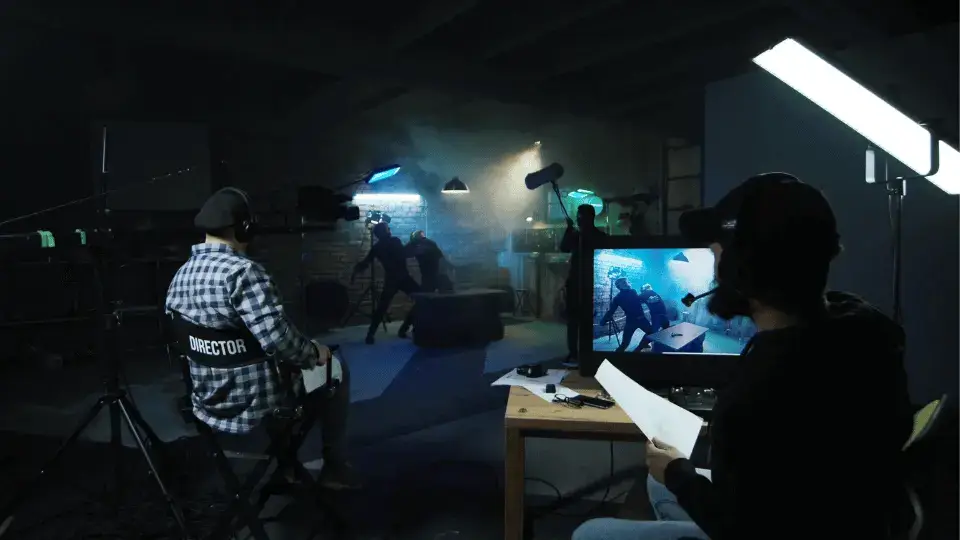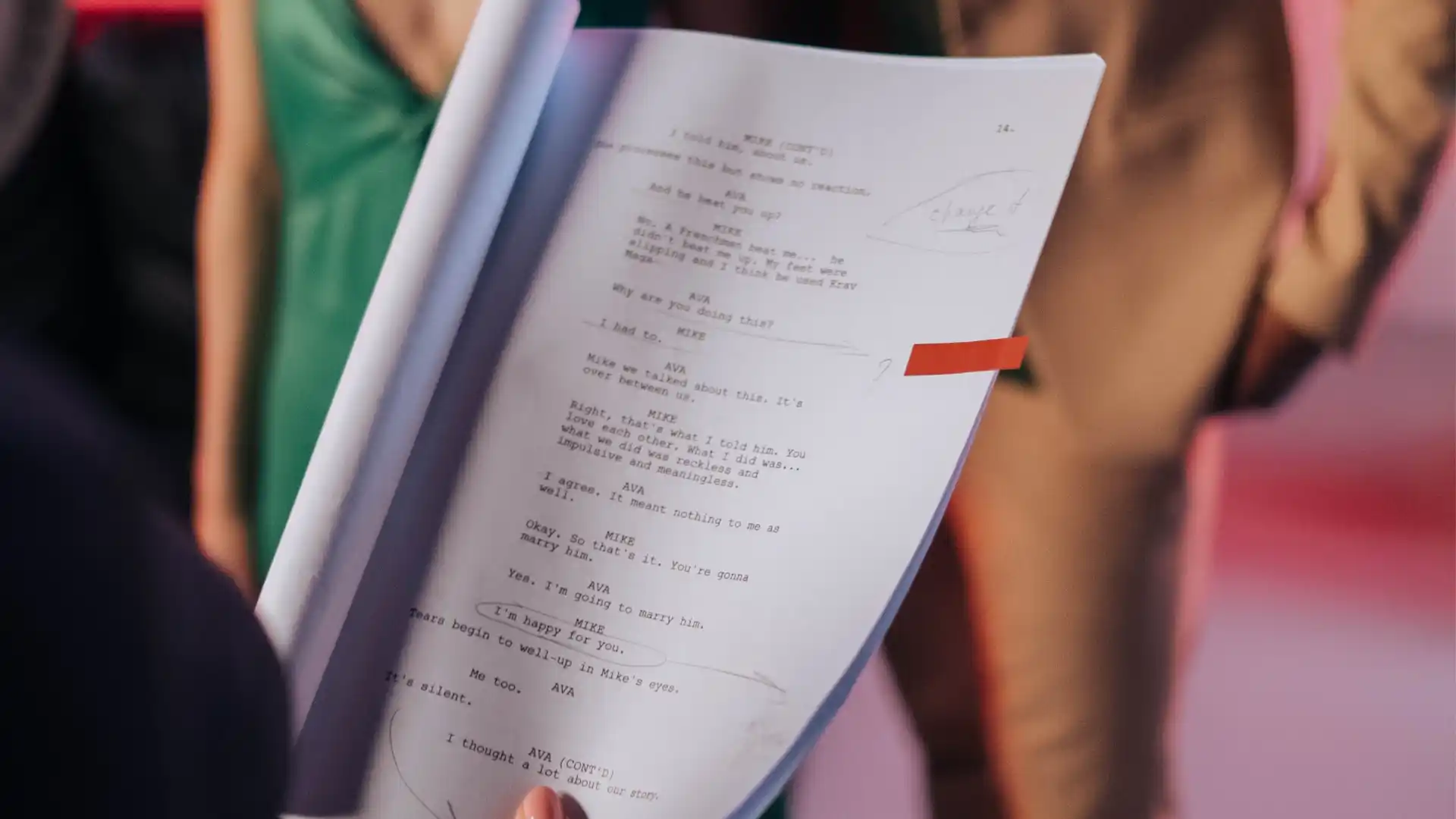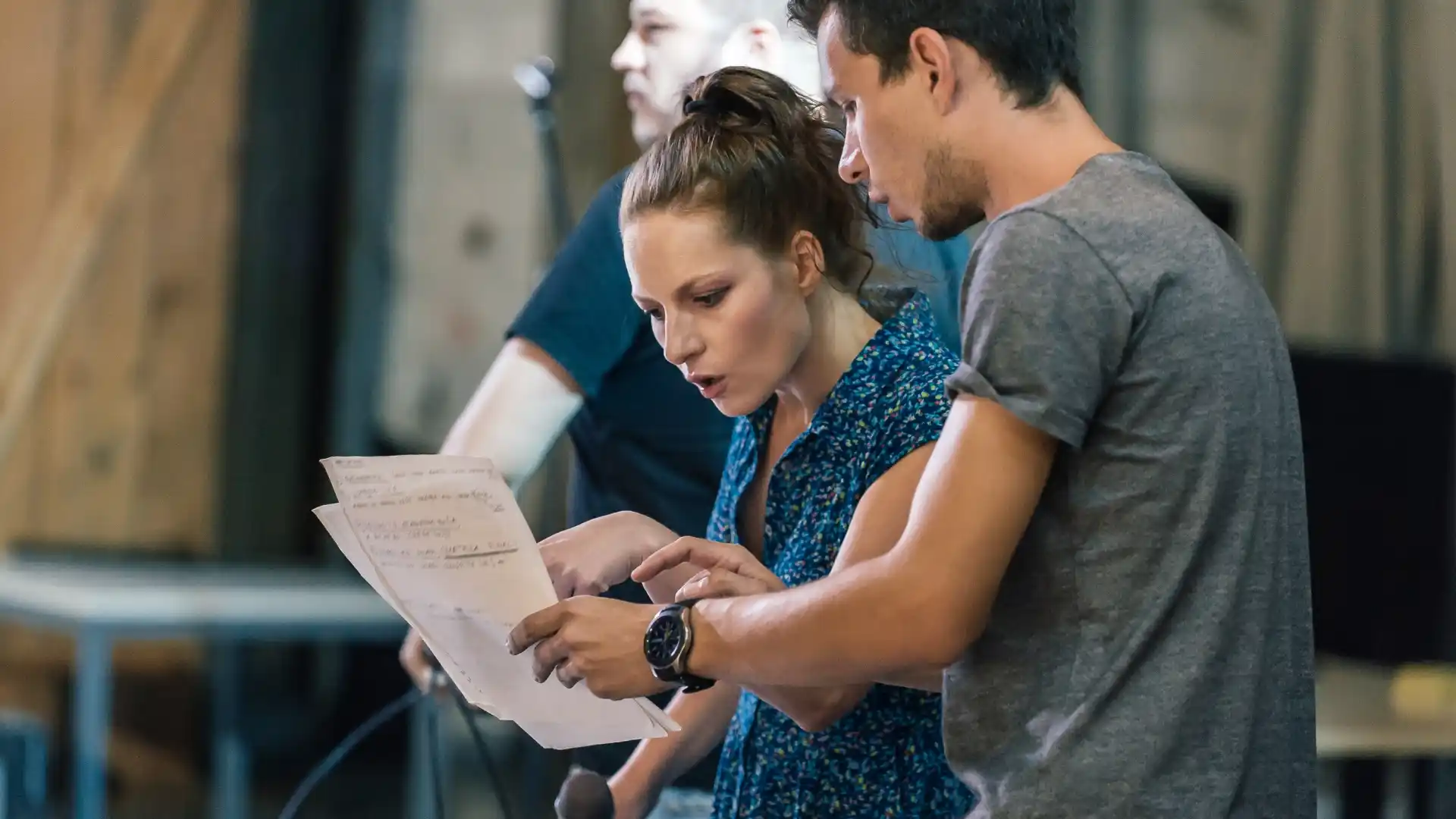Mastering Film Techniques: A Path to Success in the Industry
In the realm of filmmaking, a strong understanding and mastery of film techniques can set you apart as a filmmaker and help you create compelling, immersive narratives. These techniques cover a broad range of areas, including cinematography, editing, sound design, and direction. This article aims to guide you on your path to mastering these film techniques and achieving success in the industry.
Cinematography
Cinematography is the art of capturing motion pictures on film or digitally. It is the technique used to create the visual language of a film. The cinematographer is responsible for selecting the camera, lenses, lighting, and framing to create the desired look and feel of the film.
One of the most important aspects of cinematography is lighting. Lighting can create different moods and emotions in a film. For example, a dark and moody scene can create a sense of tension and suspense, while a bright and colorful scene can create a sense of joy and happiness.
Sound Design
Sound design is the process of creating and manipulating sound elements in a film. It includes the use of sound effects, dialogue, music, and other audio elements to enhance the emotional impact of a film.
Sound design is an essential part of the filmmaking process, as it helps to create a sense of realism and immersion in the film. For example, the sound of a car engine revving can create a sense of excitement and anticipation in an action scene.
Editing
Editing is the process of selecting and combining shots to create a final film. It is the technique used to create the narrative structure of a film. The editor is responsible for selecting the best shots, arranging them in a logical sequence, and adding transitions and special effects to create a seamless flow.
Good editing is essential in creating a successful film. A well-edited film can create a sense of tension, suspense, or excitement, depending on the desired effect.
Production Design
Production design is the process of creating the visual style of a film. It includes the use of sets, costumes, props, and other visual elements to create a specific look and feel.
Production design is an essential part of the filmmaking process, as it helps to create a sense of time and place in the film. For example, a film set in the 1920s would require different production design elements than a film set in the present day.
Screenwriting
Screenwriting is the process of writing the script for a film. It is the technique used to create the narrative structure and dialogue of a film.
Good screenwriting is essential in creating a successful film. A well-written script can create a sense of tension, suspense, or excitement, depending on the desired effect.
Key Takeaways
- Cinematography, sound design, editing, production design, and screenwriting are essential film techniques used in the creation of a successful film.
- These techniques can be learned through formal education, such as the NYU Film and TV Industry Essentials online course and certificate program provided by Yellowbrick.
- Pursuing a career in the film industry requires a deep understanding of these techniques and a willingness to continue learning and growing as a filmmaker.








